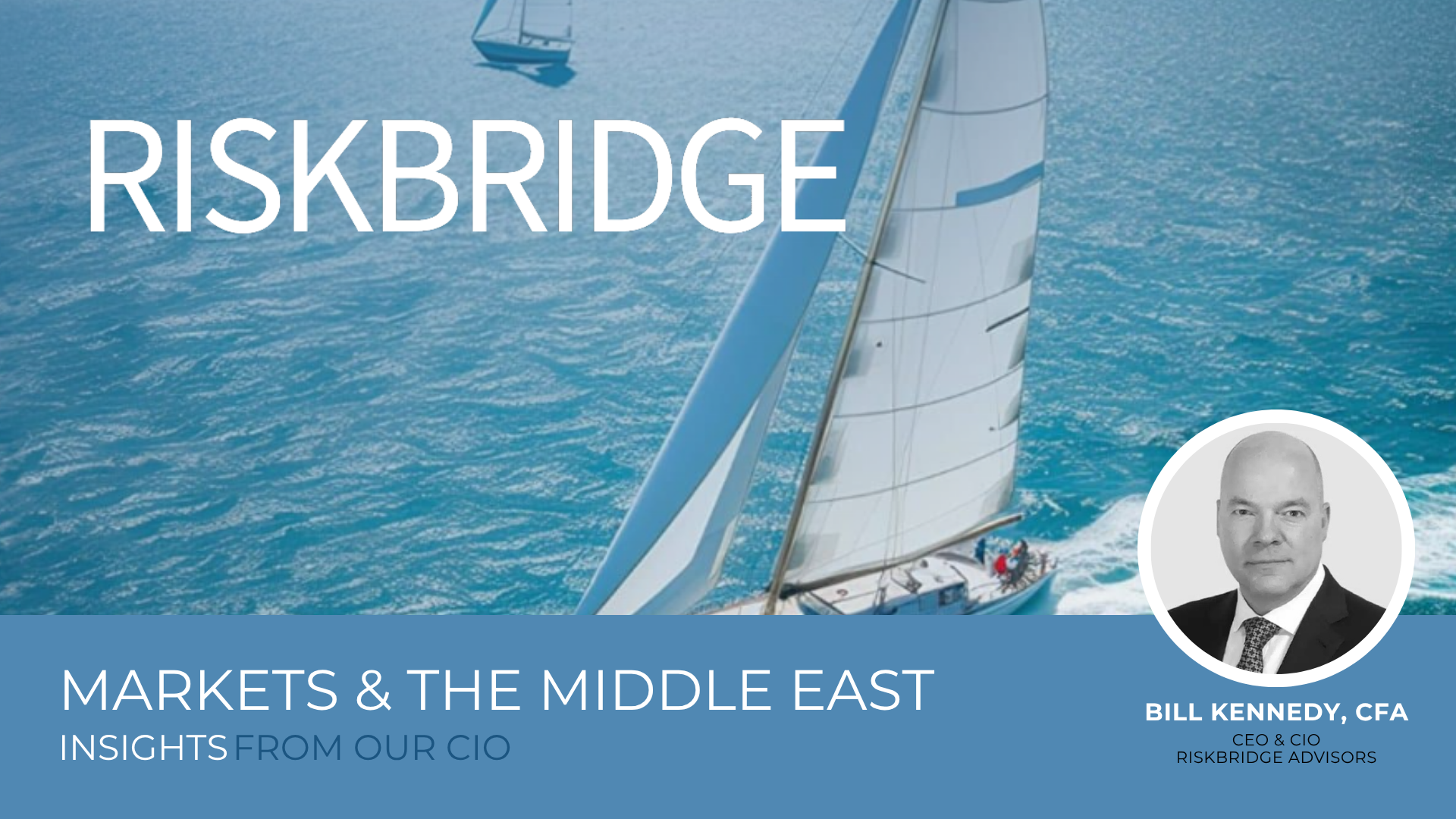On Saturday night, the US attacked Iran’s three nuclear sites in Fordow, Natanz, and Isfahan.
- Predicting geopolitical developments in the Middle East is a treacherous exercise. Iran has been the biggest state sponsor of terrorism in the Middle East, often using its lethal proxies in Gaza, Lebanon, Syria, and Yemen to do its dirty work. Since 1979, Iran has been the sworn enemy of Israel and the US. The next move is up to the Iranians.
- Our experience has taught us that markets tend to look through the geopolitical headlines as they try to guess second-order impacts (policymakers’ responses, economic and non-economic interdependencies, and the eventual outcome).
- Historically, markets tend to quickly discount the worst-case scenario and rally on “less-bad” news.
- Interestingly, the Israel MSCI stock price index (in local currency) is up 2.6% to a new record high since Friday, June 13 (source: Bloomberg), when Israel launched a preemptive attack on Iran (chart). The Israeli stock market is hinting that we may witness a radical transformation of the Middle East if Iran can be de-nuclearized.
- If true, oil prices may fall after an expected initial spike. The cost of gold is likely to fall in this scenario. However, that should provide a good buying opportunity since many central banks are diversifying their reserves into gold.
- The bottom line is that the bull market that started in October 2022 remains intact for the S&P 500. However, we must respect the technical sell signal that has been in place since April. While we wait for an improved technical backdrop, we note that the consensus of industry analysts is turning more optimistic on the outlook for S&P forward earnings per share. RiskBridge is targeting earnings per share of $265/share (9% y/y) for 2025 and $300/share (13% y/y) for 2026.
- Near-term, RiskBridge anticipates significant market turbulence in July and August, driven by the Treasury’s “X-Date” debt ceiling deadline. This is when the Treasury runs out of funding to keep the government operating. The “X-Date” will force Congress to increase the debt ceiling or face a fiscal cliff before Labor Day. Past debt ceiling debates have been marked by higher volatility and lower stock market prices. We would view another volatility spike and sharp stock market decline as a buying opportunity.
All market data sourced from Bloomberg unless noted otherwise.
—-
Investment Advisory Services offered through RiskBridge Advisors, LLC d/b/a Finley Davis Private Wealth (“RiskBridge”) (RB) or Lion Street Advisors, LLC (LSA),registered investment advisers with the SEC. Registration does not imply a certain level of skill or training. Securities offered through Lion Street Financial, LLC (LSF), member FINRA & SIPC, through Finley Davis Financial Group, Inc. (FDFG). RB and FDFG are not affiliated with LSA or LSF.
The opinions / strategies above are for general information only, are not intended to provide specific advice or recommendations for any individual and may not reflect those of Lion Street Financial LLC. Diversification does not guarantee profit or protect against loss. Investing internationally carries additional risks such as differences in financial reporting, currency exchange risk, as well as economic and political risk unique to the specific country. This may result in greater share price volatility. Shares, when sold, may be worth more or less than their original cost.
Past performance is no guarantee of future results. Personnel of Risk Bridge Advisors, LLC (“RiskBridge”) prepared this material. The views expressed herein do not constitute research, investment advice, or trade recommendations. RiskBridge may, from time to time, participate or invest in transactions with issuers of securities that participate in the markets referred to herein, perform services for or solicit business from such issuers, and/or have a position or effect transactions in the securities or derivatives thereof.
S&P500® Index is a market capitalization-weighted index of 500 of the largest U.S. companies, designed to measure broad U.S. equity performance. Clients cannot invest directly in an index. Investing internationally carries additional risks such as differences in financial reporting, currency exchange risk, as well as economic and political risk unique to the specific country. This may result in greater share price volatility. Shares, when sold, may be worth more or less than their original cost.
This material is distributed for informational purposes only. All material presented is compiled from sources believed to be reliable, but accuracy cannot be guaranteed, and RiskBridge makes no representation as to its accuracy or completeness. Any opinions, recommendations, and assumptions included in this material are based upon current market conditions, reflect the judgment of RiskBridge as of the date indicated, and are subject to change without notice. You acknowledge and agree that RiskBridge is not obligated to provide any additional information or update such information in making the information available. Securities and/or indices highlighted or discussed in this communication are mentioned for illustrative purposes only and should not be construed as investment recommendations. All investments involve risk, including the loss of principal. Before implementing any strategy, consult with a qualified financial adviser and/or tax professional. This information is not intended to provide investment, tax, or legal advice, and this material is not to be relied upon in substitution for the exercise of independent judgment. This material is not to be reproduced, in whole or part, without the written consent of RiskBridge.
